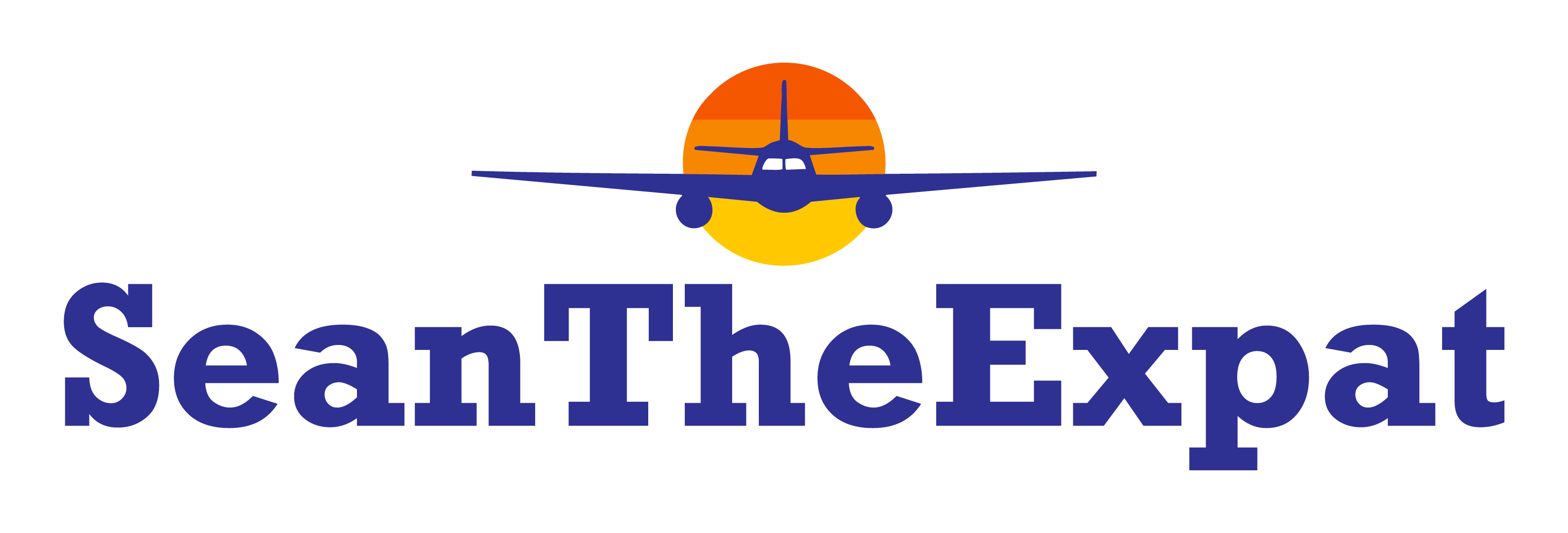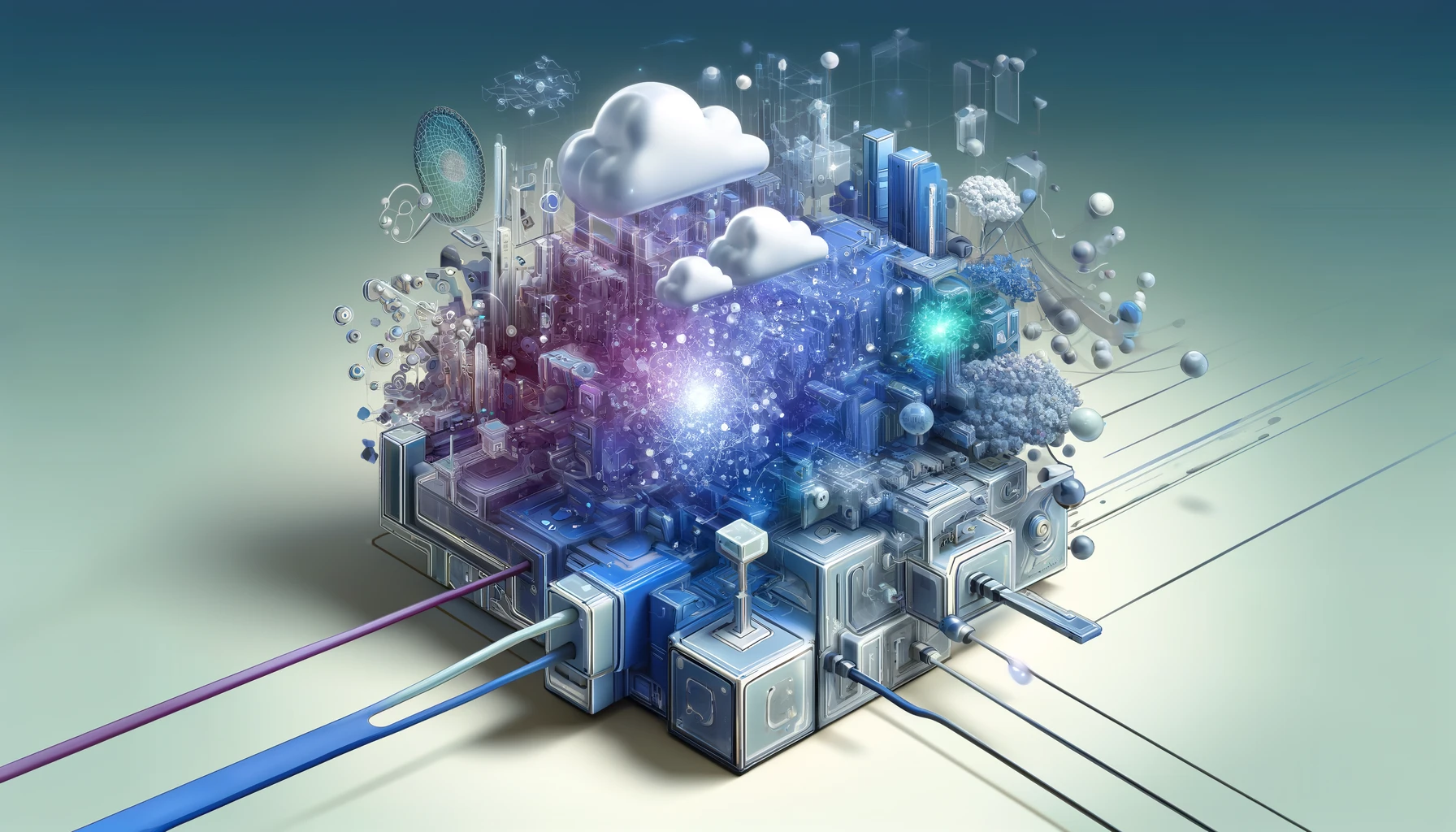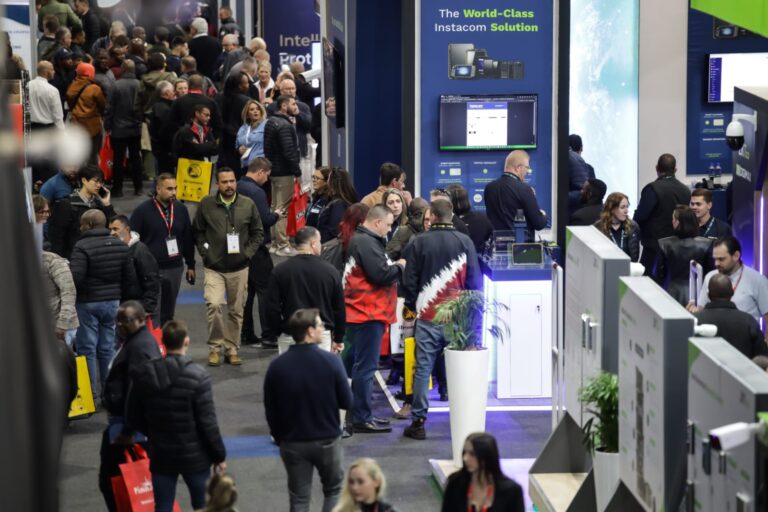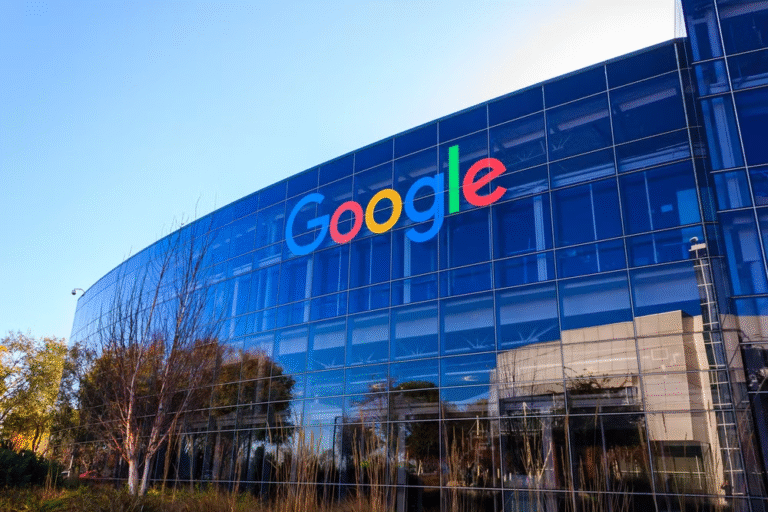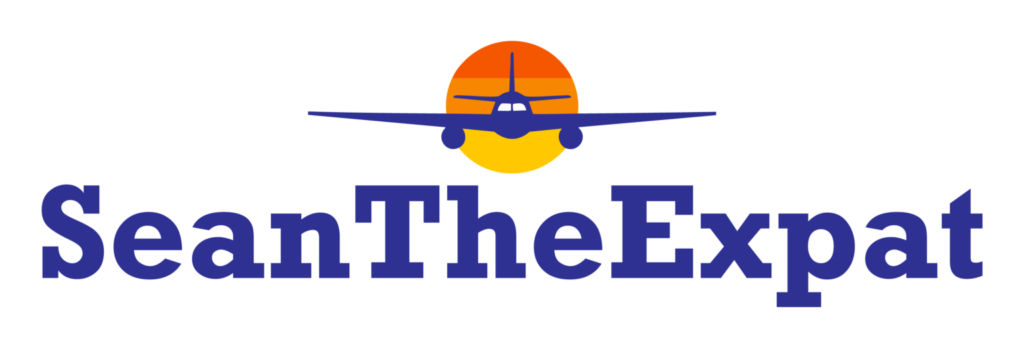Kenyan Techie Powering Google’s AI Infrastructrue Team
$85 billion.
That’s how much Google will be spending on AI. Best encapsulated in a tweet by Mark Woodcock – “Google raised their AI spending from $75 billion to $85 billion. That’s not maintenance money. That’s ‘we’re reshaping the internet’ money. While they’re investing billions, most affiliates are still using 2020 tactics.”
The AI arms race is heating up. It is now estimated $320 billion will be spent by Meta, Amazon, Alphabet and Microsoft combined on AI technology and data centre buildouts in 2025. Yet CNBC’s Jim Cramer says, “These companies aren’t overspending on AI, they are actually underspending on AI. See, this is a winner-take-all, loser-take-none situation. The only reason to spend less is if you don’t believe you can win.”
Amidst all this is Kenya’s Nzisa Kiilu, a Senior Global Systems Manager with Google. In a post on X, she revealed her role in the AI arms race, and it is a fascinating one.
Humble brag…They won’t believe a little girl from Kenya built the orchestration engine for this, but I did! https://t.co/zlq5n2jfg3
— Nzisa Kiilu (@nzisakiilu) July 25, 2025
Massive infrastructure spending is getting all the love on headlines lately, but the humans building orchestration engines – a software tool or platform that coordinates, manages, and automates the execution of multiple tasks, services, or processes, often across different systems or environments to achieve a larger workflow or business goal – are an afterthought. Not until Kiilu stepped out of the shadows, introducing the ‘human rails’ concept parallel to the AI infrastructure rails.
This invisible infrastructure – talent pipelines and the mentorship that makes AI possible, sharply contrasts with the actual tangible infrastructure that Nvidia is legendary for. Think of the internet itself – requiring both hardware and human expertise. Building both simultaneously could be the key to Africa’s autonomy. With tech leaders obsessing over compute, who is left to handle the talent development? It can’t just be an HR problem. AI needs humans. To architect systems, debug at scale, but most critically, to innovate. The competitive advantage isn’t actually chips; it’s humans.
Training a single large language model can consume as much electricity as it takes to power 130 US homes and then some. Power demand from AI data centres could grow more than thirtyfold by 2035. But what is the cost of building human rails?

Kiilu’s career trajectory could offer us a hint. Her LinkedIn describes her skillset thus: “A systems architect and operator with 20+ years of experience designing scalable infrastructure and leading high-impact delivery across cloud infra, healthcare, and financial services etc. At Google Cloud, AI & Infrastructure, I drive end-to-end systems architecture across global server infrastructure, optimising operations for AI-scale growth unlocking $200M+ in annual efficiencies and helping positioning for AI-driven growth.”
And, more compellingly, she brings her skills home with Clutch Foundry as Founder and Chief Innovator. Straddling San Francisco and Sub-Saharan Africa, Kiilu’s expertise, like most CIOs, is not typical. She is a continuous learner. She’s every techie when she describes the unsexy work that happens behind the scenes. Her role was to “drive sub-linear scale for our AI and infrastructure organisation. I led architecture and implementation of the execution engine that orchestrates standard and ML server supply chain, but it took a team effort working closely with our global data centre operators. To be honest, at that time it wasn’t fancy work. It was true systems underbelly work.”
Her joining Google’s AI infrastructure team to scale and help it run more efficiently in 2019 long before Gemini came along, indicates how deeply embedded in the tech psyche the AI arms race is, deployed and run, in coordination with global data centres. Deep backend systems stuff—but essential to keeping things running.
Our continent is legendary for its raw materials, extracted and refined elsewhere. But with AI infrastructure, we’re seeing something different – African engineers are building the “refineries” aka the orchestration engine. If Kiilu can build these for Google’s infrastructure, what happens when that same talent builds orchestration engines for Africa’s AI infrastructure when it eventually comes into focus? Then, it is no longer just about keeping talent home – it’s about building the human rails that let Africa participate in AI development. We would be the thing we want at the moment – builders, and not simply consumers.
She is proof that the real AI race isn’t really about who has the most GPUs – it’s about who builds the best human infrastructure to multiply their impact.
